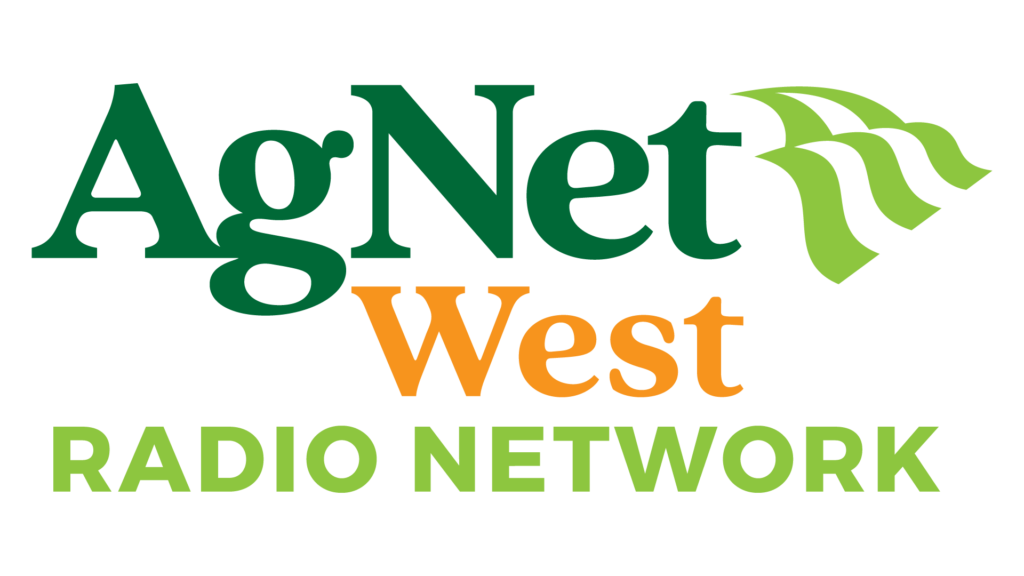U.S. and EU Finalize Major Agricultural Trade Agreement

The United States (U.S.) and the European Union (EU), two of the world’s largest agricultural trade partners, have reached a new trade agreement that reshapes the transatlantic flow of agricultural goods. Announced by the Trump administration, the deal includes a key tariff shift: a 15% tariff will be imposed on most EU agricultural imports to the U.S., while U.S. agricultural exports to the EU will now face a 0% tariff.
Report by Lorrie Boyer for AgNet West.:
This significant policy change comes as agricultural trade between the two markets remains robust. In 2024, the U.S. imported $213 billion worth of agricultural goods, with 60% of those imports originating from Mexico, Canada, and the EU. On the export side, U.S. agricultural shipments to the EU totaled $12.85 billion.
Almonds and Tree Nuts Expected to Benefit Most
Among the biggest winners under this agreement is the tree nut sector, especially almonds. The United States is already the largest supplier of almonds to the European Union, and the new zero-tariff arrangement is expected to further boost competitiveness and export volumes in this category.
In contrast, while the EU is traditionally a net importer of fresh fruits and vegetables, the United States only ranks fourth among its main suppliers of fresh fruit. Nevertheless, stakeholders in the produce sector may also benefit as the agreement begins to tackle deeper structural barriers to entry.
Targeting Non-Tariff Barriers and Certification Challenges
A critical component of the deal is its effort to remove non-tariff barriers that have long hindered U.S. access to the EU market. These barriers include complex regulations and certification requirements that go beyond traditional tariffs. The White House emphasized that the agreement represents a shared commitment to improving regulatory transparency and market access for U.S. agricultural producers.
Though the agreement marks a breakthrough in tariff reduction, it does not fully resolve ongoing disputes in sensitive sectors like meat and dairy. U.S. pork and dairy exports continue to face strict sanitary certificate requirements, which the two parties have agreed to streamline in future negotiations.
Geographical Indicators and Other Hurdles Remain
One of the key sticking points in EU-U.S. agricultural trade has been the issue of geographical indicators (GIs)—labels that restrict the use of names like “Parmesan” or “Champagne” to products originating from specific European regions. These non-tariff barriers remain a source of trade gridlock, and further negotiations will be required to address their impact on U.S. exporters.
Despite these challenges, the new trade agreement is a step forward in strengthening agricultural ties between the United States and the European Union. Industry stakeholders—particularly those in the nut, fruit, and dairy sectors—will be watching closely as implementation unfolds and negotiations on remaining barriers continue.










